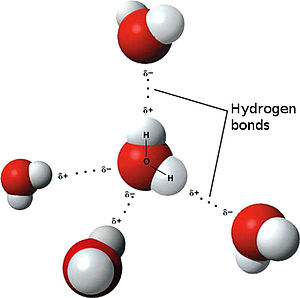
The old musicians stay where they are and become like museum pieces under glass, safe, easy to understand, playing that tired old shit over and over again…Bebop was about change, about evolution. It wasn’t about standing still and becoming safe. If anybody wants to keep creating they have to be about change. – Miles Davis
One post that caught my attention in the last few weeks was how U2 gets ideas for it’s songs, specifically this comment by Bono on why starting from scratch can be the fastest way to a solution:
“That song [Where the streets have no name] was recorded, so there was a version of it on tape. That version had quite a lot of problems. What we kept doing was spending hours, days and weeks… probably half the time that the whole album took was spent on that song, trying to fix this version on tape. It was a nightmare of screwdriver work. My feeling is it was just better to start again. I’m sure we would get there quicker if we’d start again. It’s more frightening to start again, because there’s nothing. So my idea was to stage an accident. To erase the tape so we’d just have to start again.” – Brian Eno”
Starting from scratch sounds like a big waste of time, yet starting from scratch is at the center of creative thinking. I’m dumbfounded when I get asked for practical ideas that worked for someone else (usually competitor) and how they can best replicate it. This is the opposite of creative thinking and what most people fail to understand is that starting from scratch is highly rewarding. It’s like reformatting your computer and then starting with a fresh new installation!
Do it as if nothing
As a Ninjutsu practitioner, I understand very well the concept of mushin (no mind). Unlearning what you’ve learned and being open to whatever a situation presents and being able to adapt to it without thinking.
When you first start out in Ninjutsu you will immediately notice that nothing goes according to plan. Most of the stuff that you’re taught at the beginning is meant to ‘de-routinize’ your mind. To see it free.
Much like in other domains, most students will learn techniques and try to implement them ‘as they learned them’. Meaning they look at a scenario with similarities to how that technique was taught. This is a big no-no for there are an infinite number or techniques and they can all be applied in any point in time, you just have to go with whatever comes and do it as if nothing. As if you’ve done it before.
Develop mental flow
True Nimpo is really practiced when you get rid of the technique, you never show your technique to your opponent. Your movements should be human like, not mechanical. They should flow. Techniques are taught to us and sometimes we’re more concerned in applying in them just as the book says or as the Sensei says. While you may get rewarded for having beautiful technique, in the real world applying it won’t be so. You have to keep your mind open to whatever situation presents itself and respond as fluidly as possible. Be in the moment.
The element of water is what best describes flow, as water easily adapts to the environment.
Keep the mind moving
To develop mental flow, think of the mind as a river: that faster it flows, the better it keeps up with the present and responds to change. The faster it flows, also the more it refreshes itself and the greater it’s energy. Obsessional thoughts, past experiences and preconceived notions are like boulders or mud in this river, settling and hardening there and damming it up. The river stops moving, stagnation sets in. You must wage constant war on this tendency of the mind.
Superior strategists see things as they are. They are highly sensitive to dangers and opportunities. Nothing ever stays the same, and keeping up with circumstances as they change requires a great deal of mental fluidity. Great strategists do not act according to preconceived ideas; they respond to the moment. Like children, their minds are always moving, and they are always excited and curious. They quickly forget the past because the present is much too interesting.
Closing thoughts…
Just like Martial Arts have unlimited techniques and all of them can be applied to any scenario, so it is in other domains such as business. They’re not mechanical in nature. You train to be perfect but in the real world where unpredictability reigns, you have to be in the moment and respond as if nothing.
Understand: the most creative strategists stand out not because they have more knowledge but because they are able, when necessary, to drop their preconceived notions and focus intensely on the present moment. That is how creativity is sparked and opportunities are seized.





